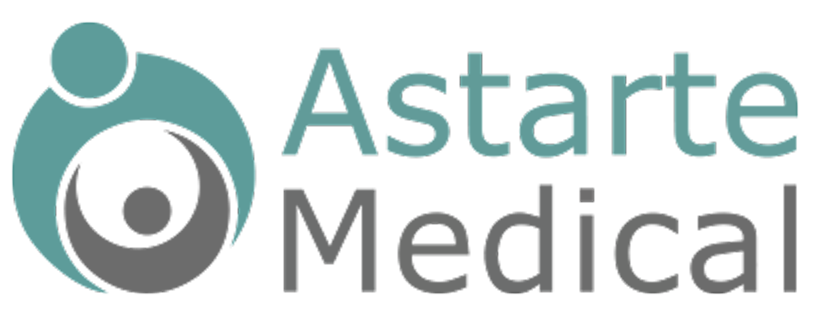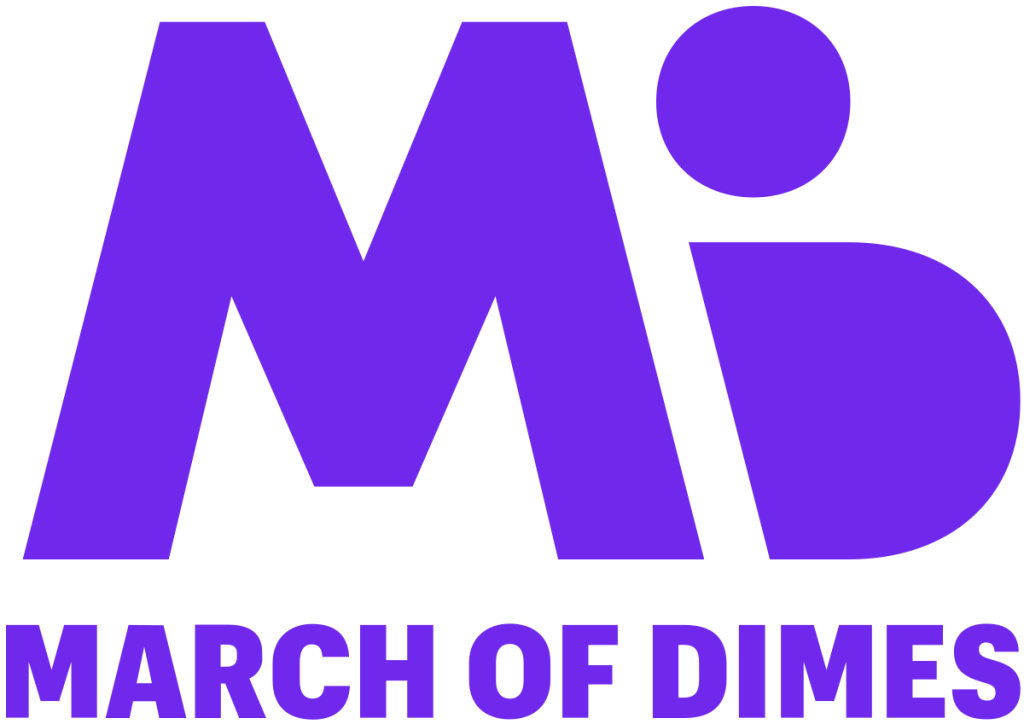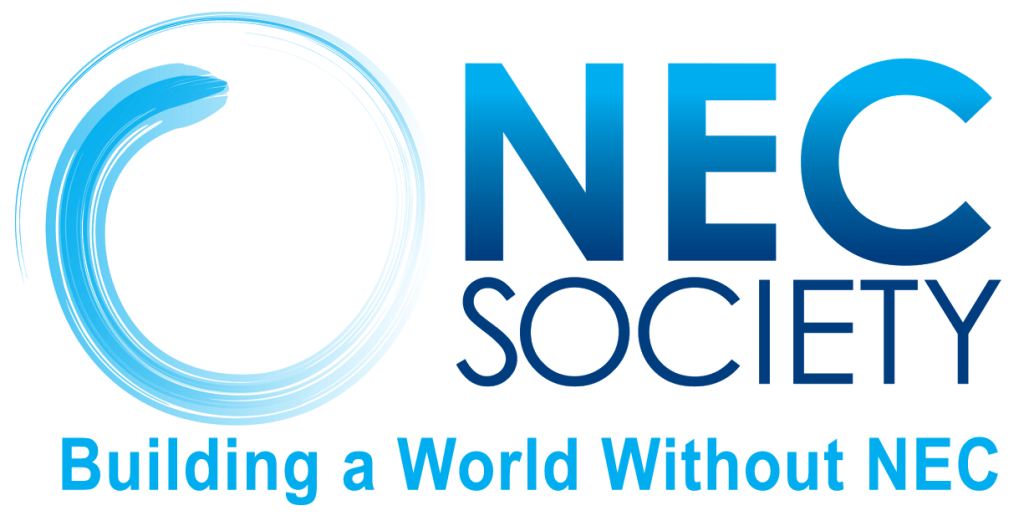Consistent Nutritional Standards Help to Improve Growth
By: Brandi Givens, RD, IBCLC
Finding the appropriate feeding protocol to help very low birth weight (VLBW defined as <1500 grams or 3.3 lbs) preterm babies thrive continues to be a challenge for neonatal intensive care units (NICUs) worldwide. While each child is a unique individual, the key to success does appear to be in standardizing nutrition care from birth to discharge within and between care facilities.
Research Outcomes on Standardized Care
Through research and decades of trial and error, premature infant feeding practices have come a long way. In recent years, this has included the increased support for obtaining and using mother’s own milk (MOM), as well as the decreased use of broad-spectrum antibiotics, which impact gut microbiome development.
However, actual standardization of feeding practices, and the sharing of what works and what doesn’t work, continues to be a challenge. Evidence shows that lack of standardization fosters ongoing problems such as unnecessary continuation of parenteral nutrition (PN) which can lead to sepsis, and increased cases of necrotizing enterocolitis (NEC). Both of these can contribute to growth failure.
For example, a 2020 study of 349 premature infants in Uganda published in BMC Pediatrics found that introducing enteral feeding earlier rather than continuing parenteral feeding improved the infants’ outcomes. The study found that delayed enteral feeding and sepsis caused by ongoing PN were both associated with growth failure.
The Speed of Increasing Milk Feeds (SIFT) study, involving 2,804 infants in the United Kingdom, determined increasing the rate of enteral feeding volume from 18 milliliters per kilogram of body weight to 30 milliliters per kilogram did not result in NEC. This was contrary to what observational studies had previously indicated. This increase in enteral rate removes the need for long-term PN.
In addition, studies that involve standardized neonatal nutrition practices show positive outcomes for growth. A 2019 study published in the Journal of Parenteral and Enteral Nutrition involving 136 VLBW infants standardized the use of trophic feeding, fortification guidelines, and parenteral to enteral advancement. The babies who received the standardized NICU nutrition had significantly better outcomes in several areas compared to the control group, including growth.
Also, by implementing a standardized time-specific feeding volume for VLBW infants, a team at the University of Massachusetts Memorial Medical Center showed that extrauterine growth restriction (EUGR) rates improved from 25% to 12%. This was accomplished without increased incidence of NEC, bronchopulmonary dysplasia (BPD), or length of stay (LOS) for the infants.
There are many studies with similar results, and evidence supporting standardization seems solid. So why isn’t information being shared across the board?
Barriers to Standardization
Jae Kim, MD, PhD, Director of the Division of Neonatology at Cincinnati Children’s Hospital Medical Center and Professor at the University of Cincinnati’s Department of Pediatrics, presented a webinar through Astarte Medical on this topic called “Gaps in Standardizing Nutrition in the NICU.”
As a leader in successful approaches to neonatal growth and an advocate for the use of human milk in the NICU, Dr. Kim provides insight to standardization barriers. He also offers suggestions for reaching goals.
Dr. Kim points out that resistance to standardization may be related to several factors, including:
- Medical professionals are concerned that standardized practices will cause their professions to become obsolete.
- Many are concerned about losing control of patient care.
- Where there is a lack of evidence-based information, variation occurs; less evidence equals more variation in practice.
- Because gut development is not complete in premature infants, uncertainty can block guideline development.
Dr. Kim also notes why standardization is important:
- With so many elements involved in premature infants’ nutrition care, each practitioner must make multiple complex decisions. Organization is needed to simplify decision-making.
- Standardization eliminates outliers in nutrition care.
- Standardization means having a plan in place; any plan is better than no plan.
- Following a plan allows for gathering of interpretable results.
Focusing on the Gaps in Standardization
While standardization of nutrition care is not a new concept to NICUs and is strong in the advancement of parenteral and enteral feeding, Dr. Kim points out that there are several gaps in other areas that need more attention to support infant growth.
For example, in the first few days of life, infant resting energy expenditure (REE) is easily calculated. Complications that increase REE such as respiratory disease, tachypnea, and fever usually occur a few days after birth.
But as time goes on, REE needs can change, rapidly resulting in growth failure if this is not accounted for. Having a proactive plan to increase energy and nutrients, dependent on conditions, would reduce growth failure.
There are weaknesses in standardizing the transition from parenteral to enteral feeding. The gaps include unclear guidelines for when to begin feeding, when and how much to advance and fortify, and whether to use human milk-based fortifiers or others.
Other gaps and weaknesses of standardization include:
- Consistency in the ratio of registered dietitians to patients. RDs are dedicated to nutrition care and can help prevent growth failure.
- Variation in nutrient content of human milk. Milk analysis is needed so that fortification can be evaluated and accurately calculated for each infant.
- Lack of weekly team rounds, either at the bedside to include parents or electronically when bedside is not possible.
- Lack of daily weight protocols to adjust infant feeding appropriately.
- More skin-to-skin care regimens are needed to spark infant nursing inclination and psychological benefits, involving parents at every opportunity possible to support nursing
A Standardization Solution
Advances in technology and nutrition analytics have created an opportune time to implement standardization. For example, NICUtrition®, Astarte Medical’s nutrition software platform, can track patient progress both retrospectively and in real-time while smoothly integrating with electronic medical records. NICUtrition® allows health care teams to see patterns over time, helping to identify the best standardization practices for any NICU.
The NICUtrition® platform has the ability to organize, track, and clearly display data both for individual patients and for the unit as a whole. The software can track milestones like enteral feeding introduction and current and past feeding practices. It can also measure outcomes in real-time to aid with quality improvement initiatives. The software can assist in staff communications as well and allow for seamless shift changes by highlighting infant feeding updates.
NICUtrition® also supports a collaborative whole team approach with features that help perform compliance audits. These features can identify where team members can improve efficiency. Not only will data lead to better patient outcomes, but it could also allow practitioners to spend more time with patients and parents. Human connection is critical during each infant’s stay.
Dr. Kim’s biography on the Cincinnati Children’s Hospital Medical Center website reminds us not to forget the human factor when we integrate useful technology into advancement. “The future of newborn care is going to be very data and technology-rich,” he says, “and our challenge is to preserve the human connection with this modern care model.”




